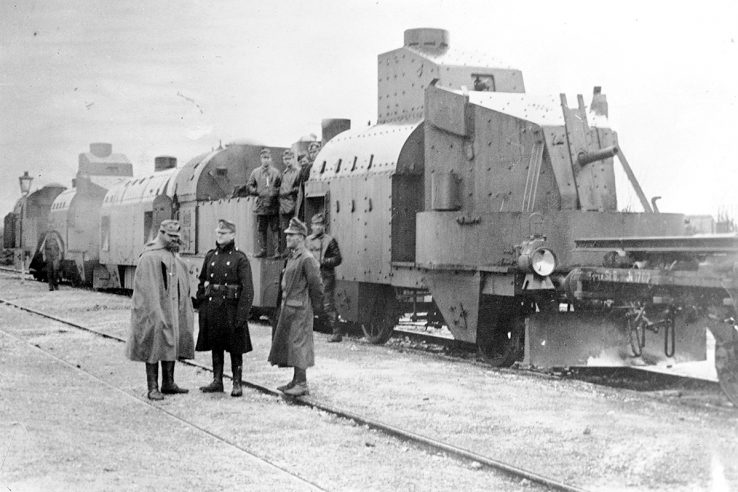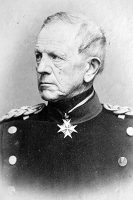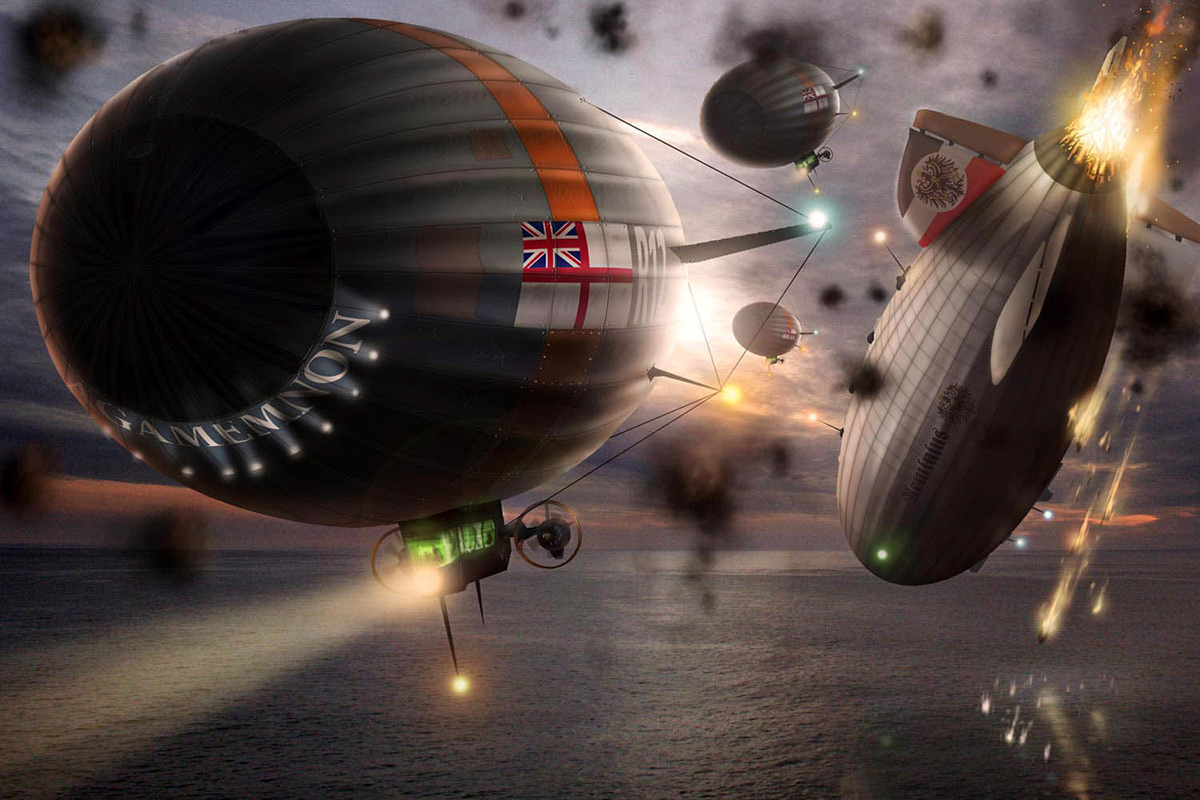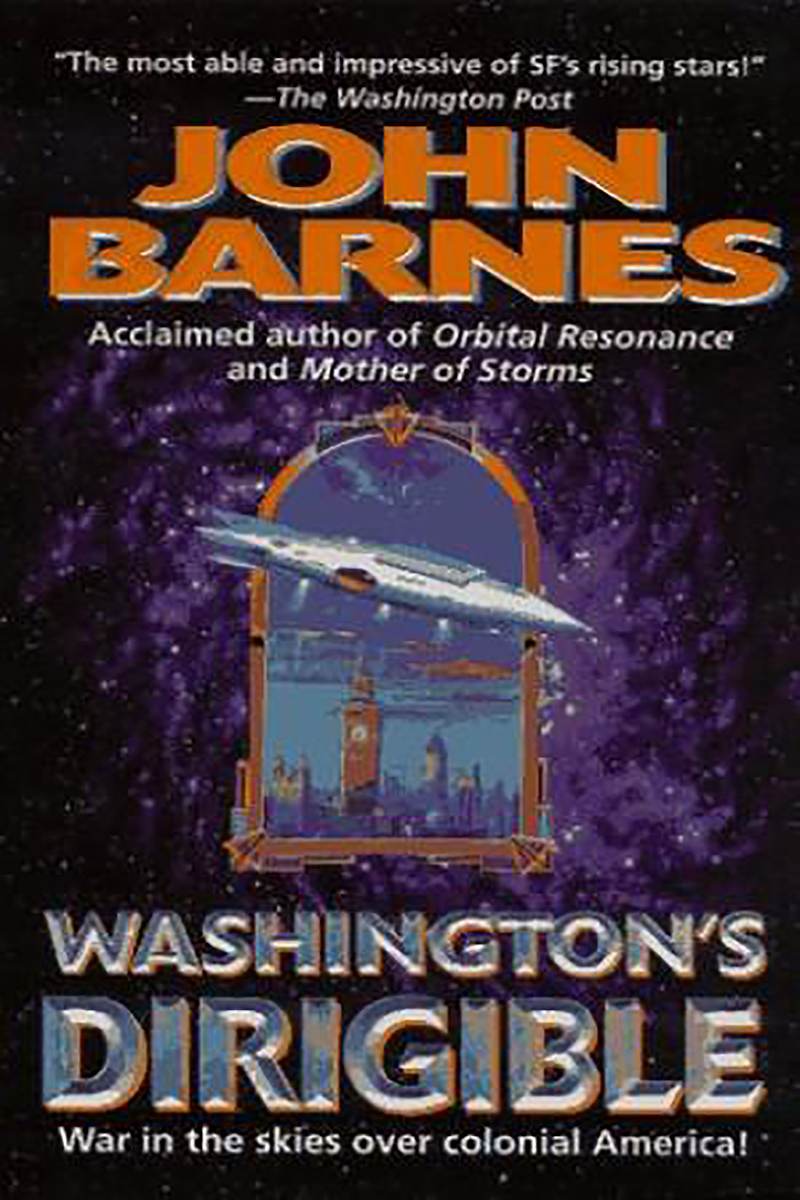Probably there is nothing more steampunk than the locomotive — besides the airship, of course. Railways have always represented movement, freedom, human genius, but after their introduction they soon became infected by the germ of war and started serving destructive purposes.
This seems to be the sad destiny of all human inventions, from the ancient chariots to the modern airplanes.
Replacing animals
1825, when the line between Darlington was Stockton opened, is generally considered the start of the railroad age. Within decades, all major powers had railways running to serve their burgeoning industrial bases. It took only a few more years before nations recognized the strategic possibilities of the train.
Since the dawn of man, soldier, weapons and food were carried to the battlefield by animals, but animals had to eat too. It has been calculated that the food needed for animals in a army could be more than half of the total food carried.
In addition, all the war strategies depended on the movement speed of the troops.
Railways changed the ancient pattern. Troops and supplies could be delivered in short time and in higher amount where needed, providing an advantage on the enemy, which had to rely on its animals.
Moreover, the defeated party had better opportunities of leaving the battlefield and rearrange elsewhere.
German plan
Germany was the first nation which planned an extensive system of strategic railway transport designed to move troops from the military centers to the borders. The plan, proposed in 1842 by General Helmuth von Moltke, covered all German and Prussian territory, with branches reaching Turkey and South West Africa, the next planned objectives of Germany colonialism.
In the following years, the European side of their railway system was realized with accommodations, depots and other infrastructures needed to support a moving army, while the Asian and African branches were lost by Germany in colonial wars.
The German railway system helped Prussia win two wars in the nineteenth century: the Austro- Prussian War (1866) and the Franco-Prussian War (1870-71). Neither France nor Austria was prepared to move many troops and supplies along their railway systems: cars accumulated at railheads, troops were gathered, but without supplies and food, and other similar problems derived from scarce coordination between railway companies and the armies led both nations not to be ready when wars started.
American Civil War
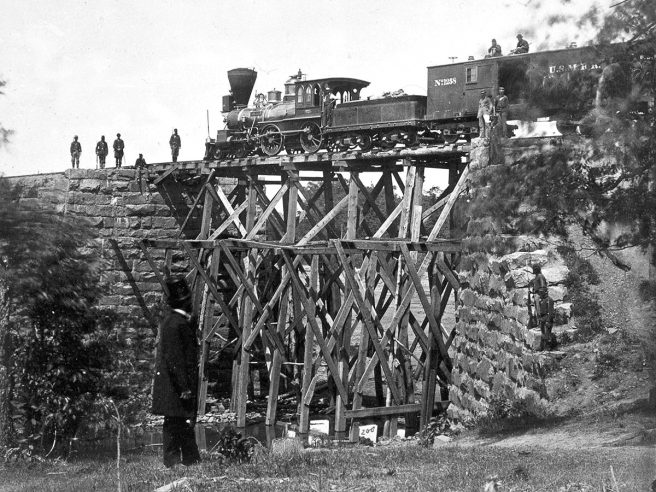
However, the first war in which the railway had a decisive role to play was the American Civil War (1861-65).
In fact, it is considered the first modern war for the level of technology used in both weaponry (improved artillery, iron ships, submarines) and logistics (including the tactical use of railways).
In 1860, there were railway tracks for 30,000 miles, two-thirds of which in Northern states. The South had a poorly connected railway system and was not able to repair or rebuild damaged tracks or locomotives as efficiently as the North. The industrial might of the Union states, of which railways were probably the most notable sign, is generally accepted as a major factor in their victory.
First World War
During the First World War, trains were regularly used for transporting men and supplies to the battlefield, but there was parity for the first time between the fighting parties. When the war started, all troops were in positions, ready for the massacre.
The trench war was a static war which consumed great amounts of resources. In order to supply the front, trench railways were developed, easy to build and easy to run. Tracks were prefabricated and assembled on site. Locomotives were light and steam-powered, although gasoline locomotives were used in visual range of the front, as steam and smoke made them otherwise visible targets for enemy artillery.
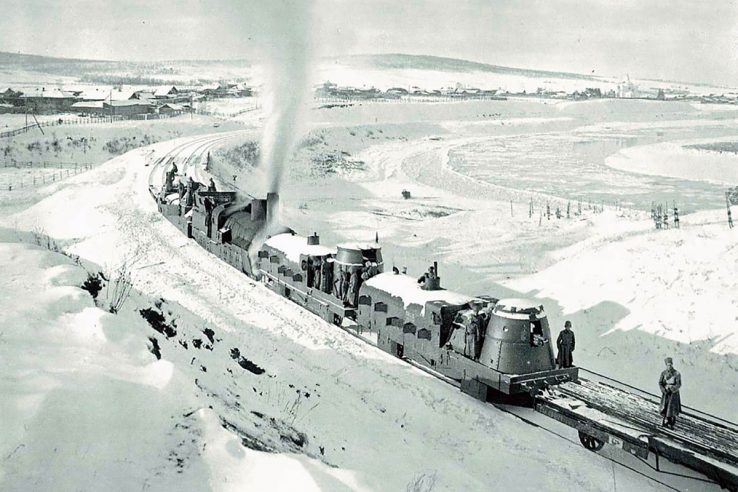
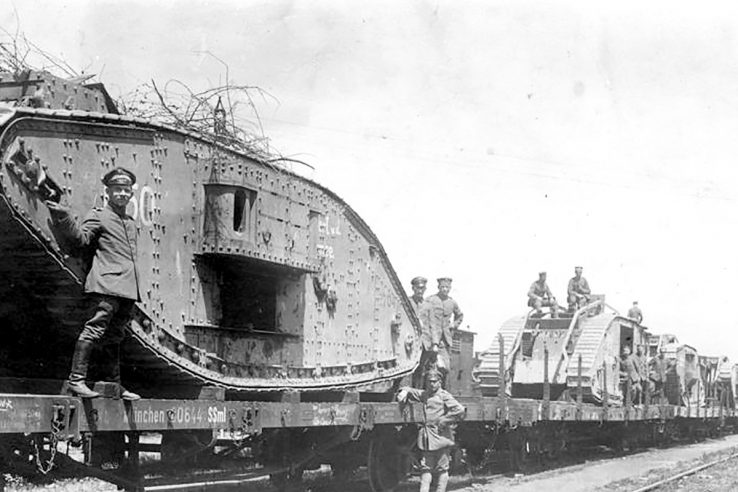
Being relevant for military operations, railways became naturally object of attacks during wars.
This strategy was first used during the American Civil War by both sides, but probably during World War I we can find the most interesting example in Lawrence of Arabia. He led Arab tribes in a war against the Turks in the Levant. As the tribes would surely have lost in a real battle, Lawrence attacked the Hejaz Railway, the only line connecting Arabia and Turkey.
Attacking railway stations and damaging the tracks in critical places like bridges, they limited Turkish troop movements, preventing them, for example, from assembling troops against the British Army in Egypt or from supplying outposts, which had to surrender to the Arabs under siege.
This story first appeared in Gatehouse Gazette 21 (November 2011), p. 24-25, with the headline “Railways and War”.

